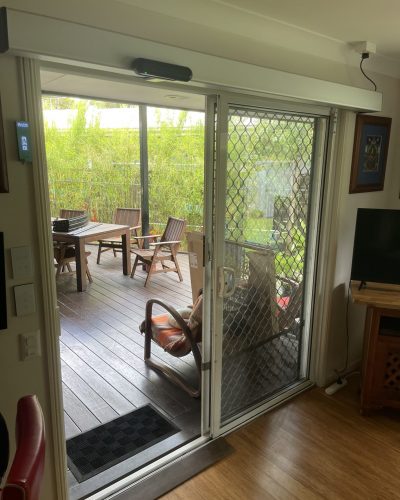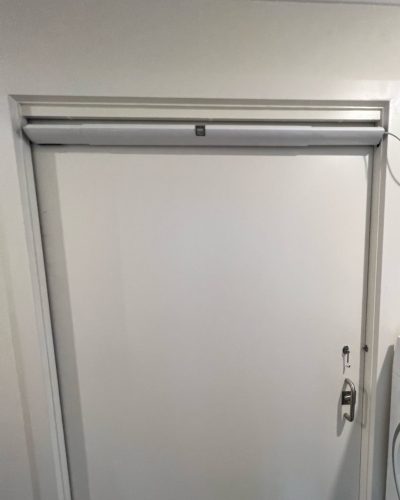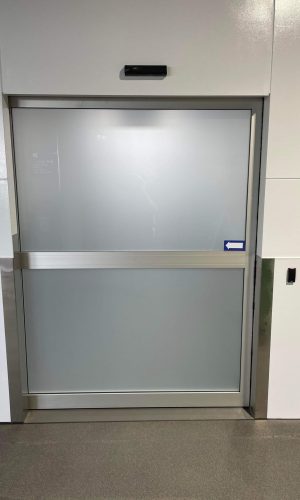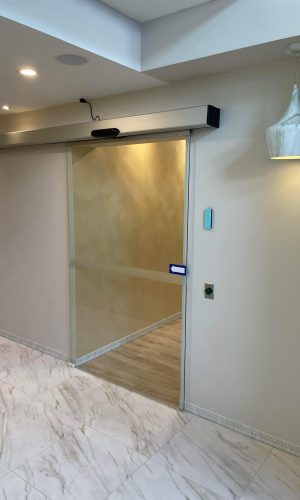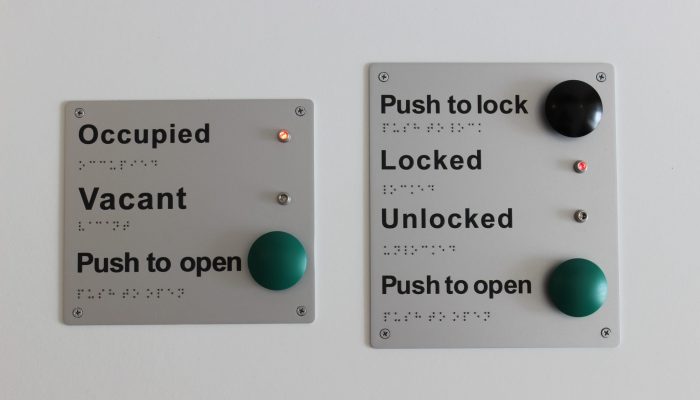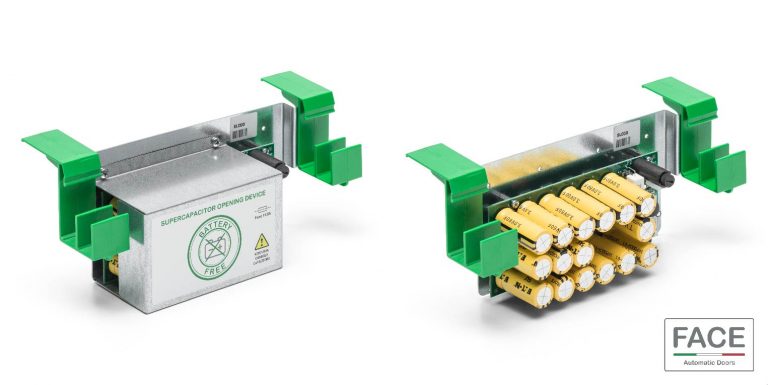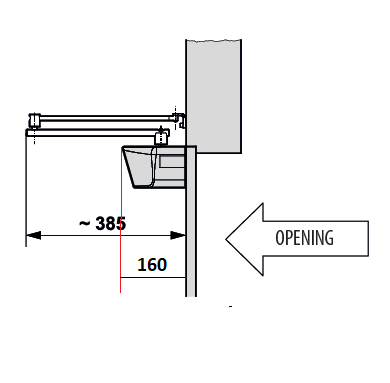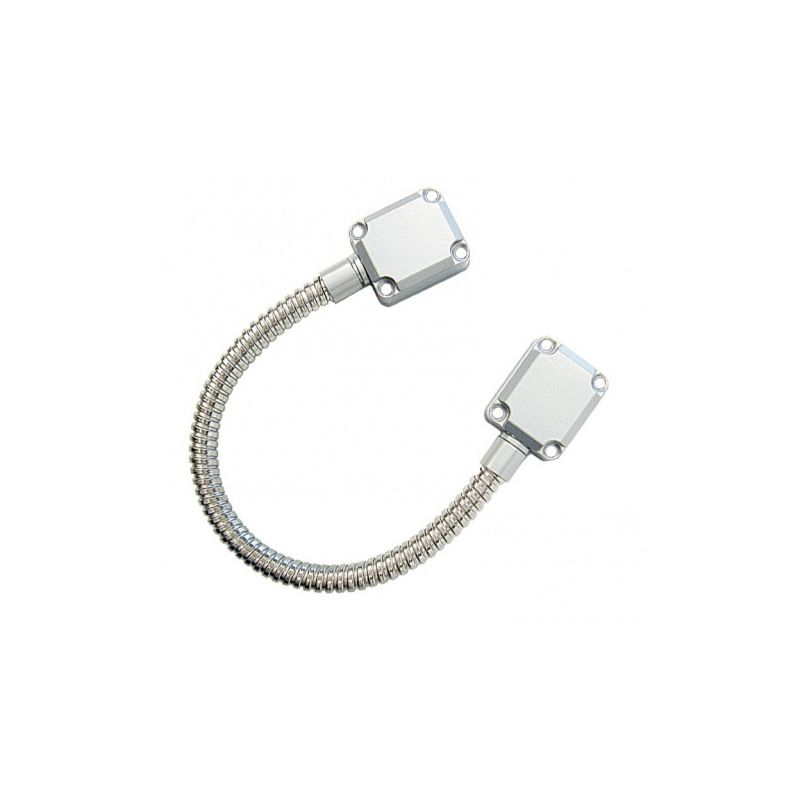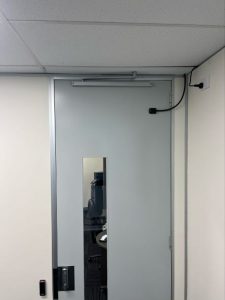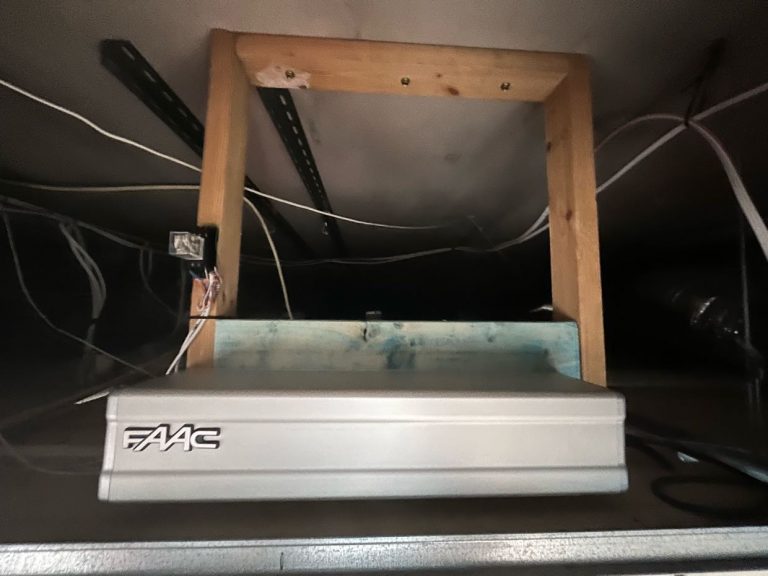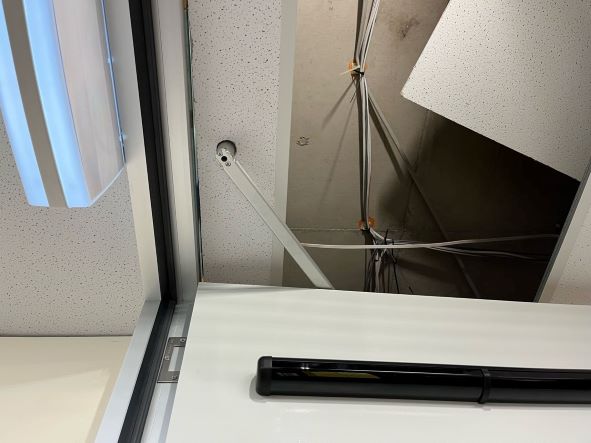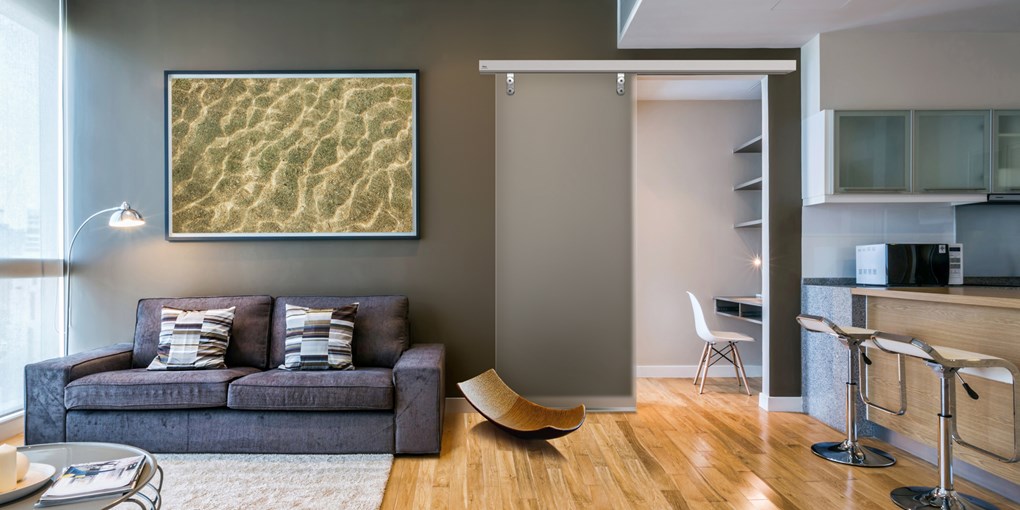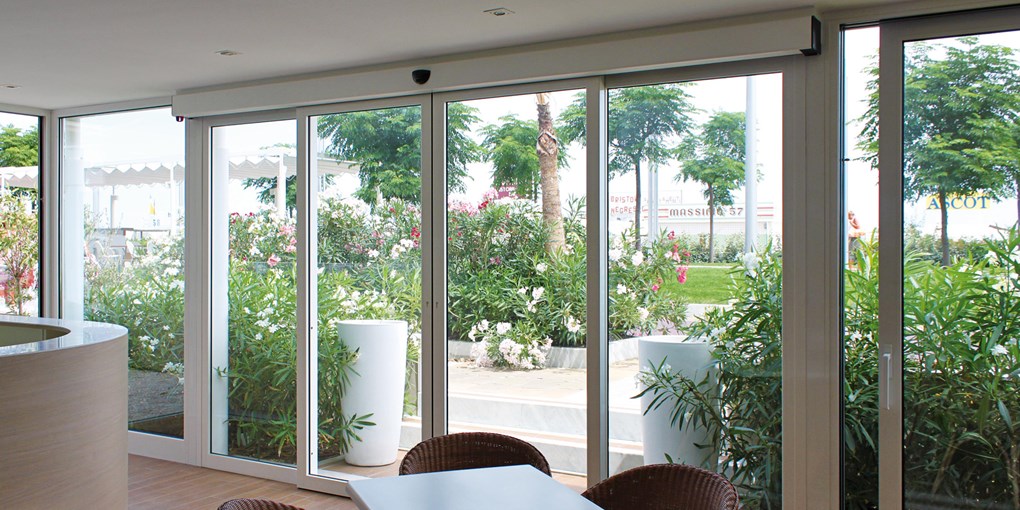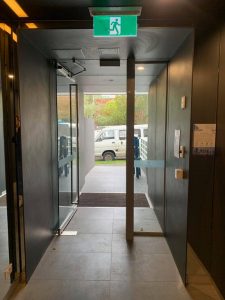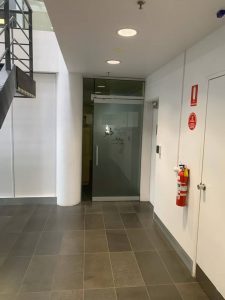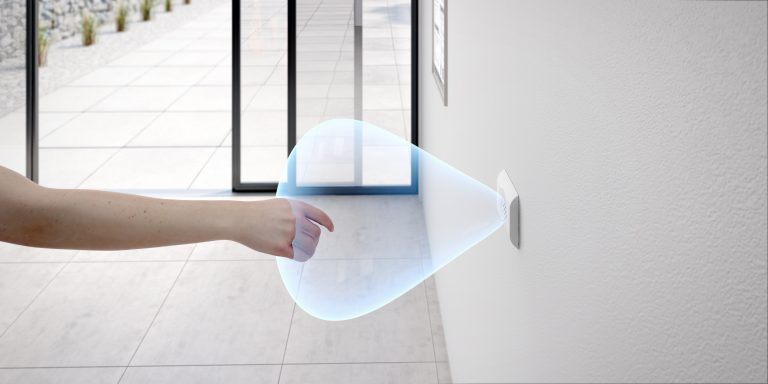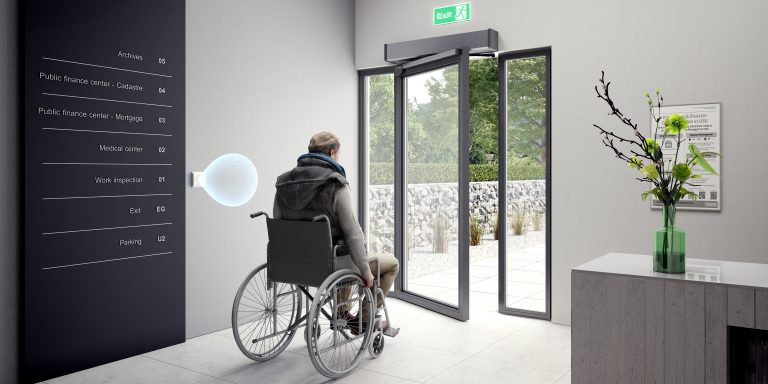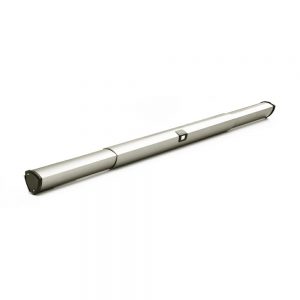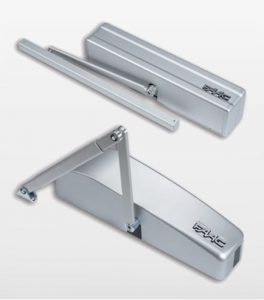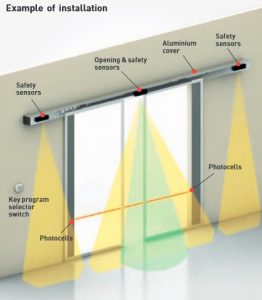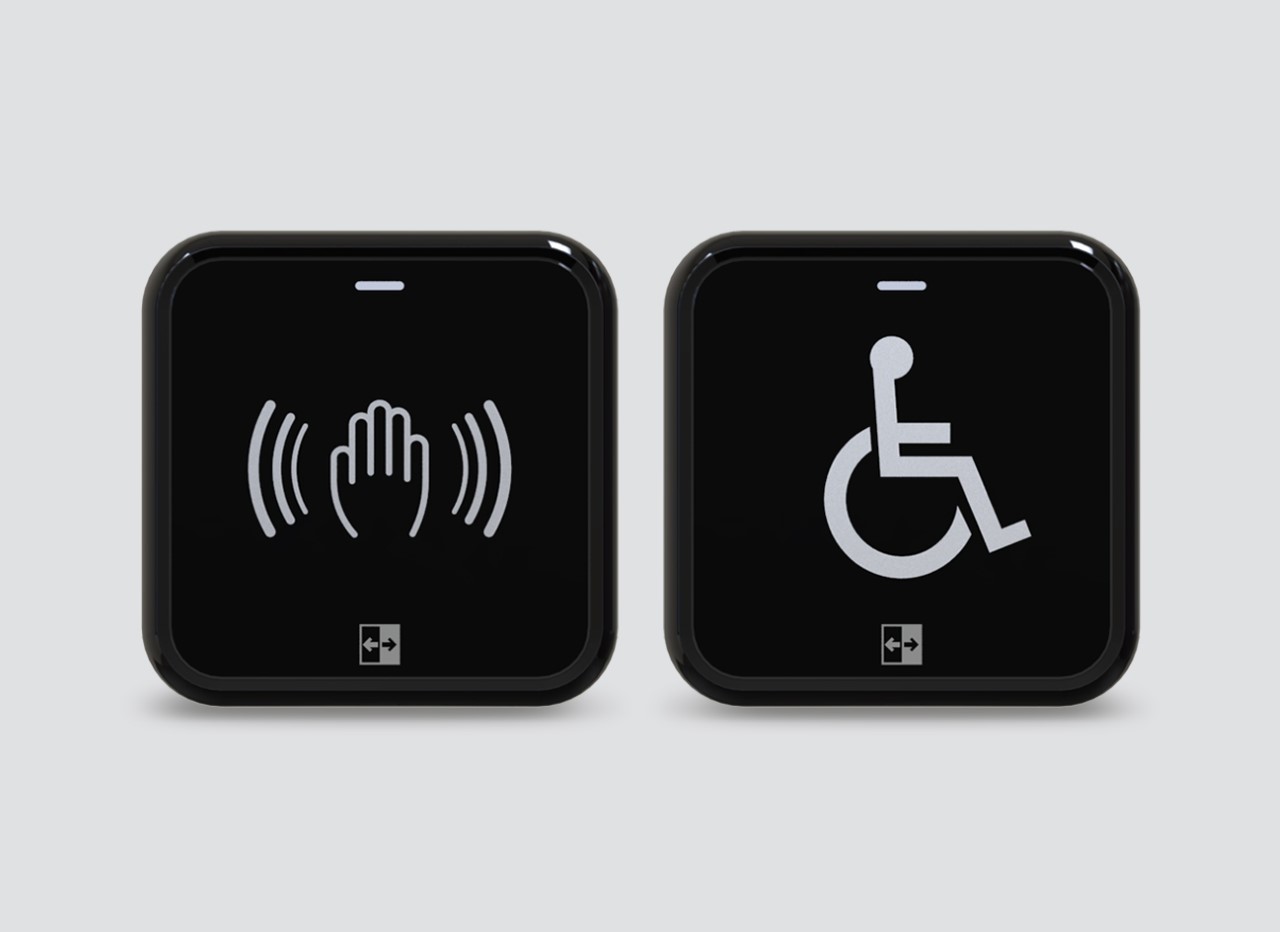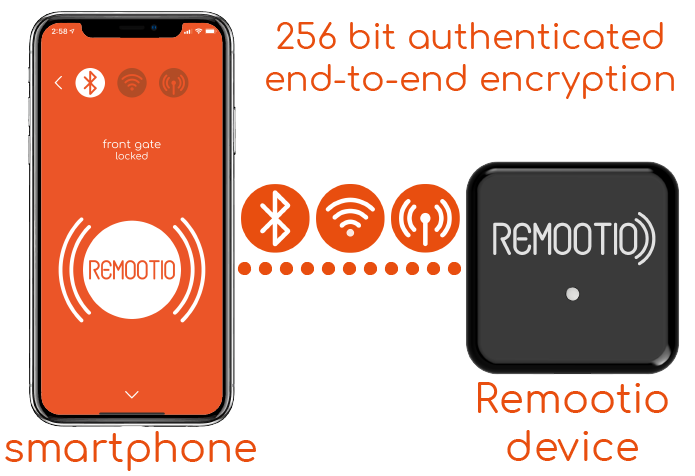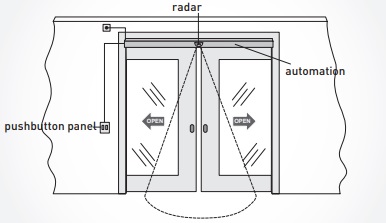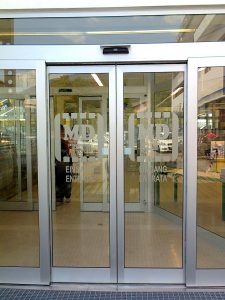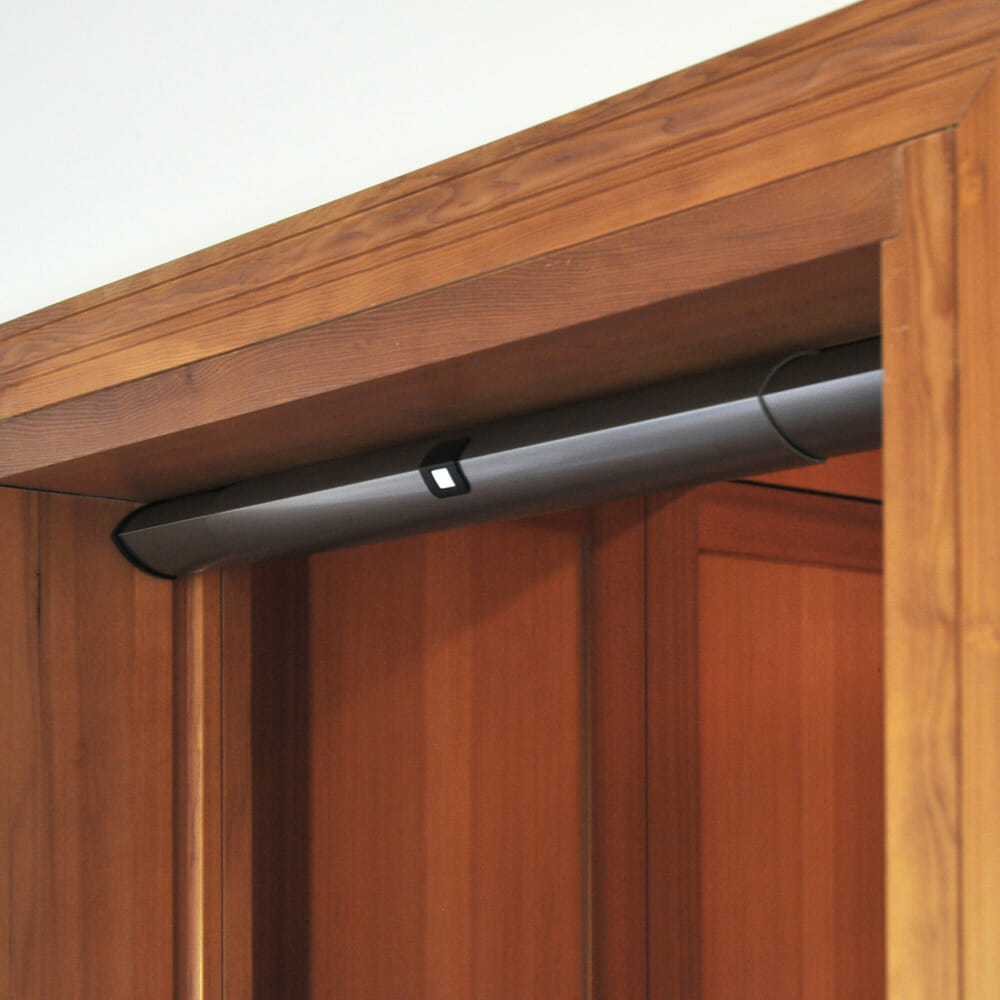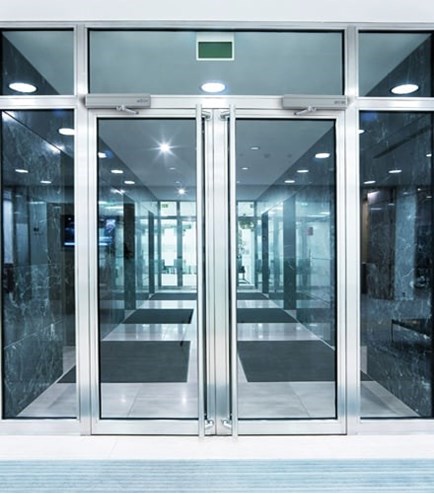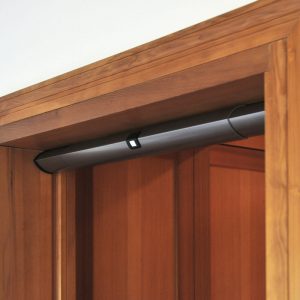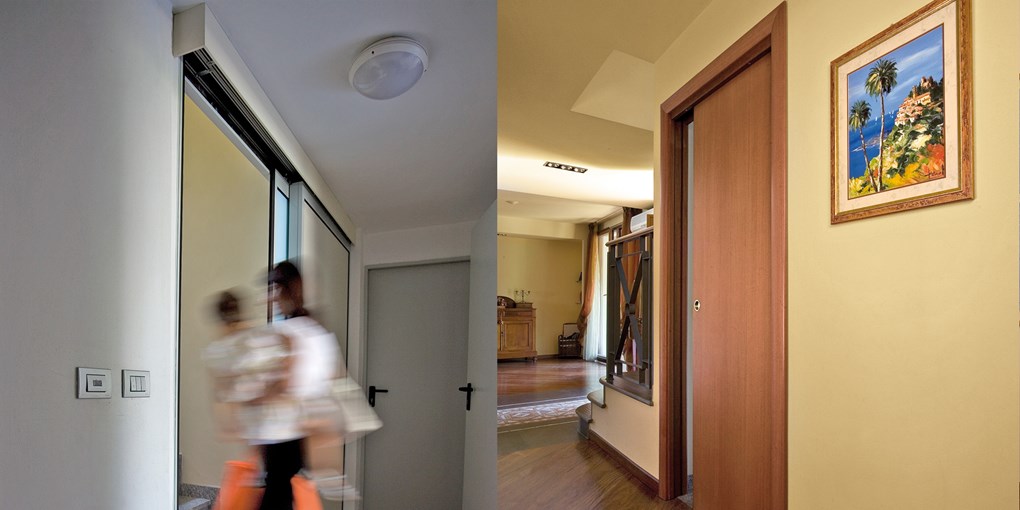Electric strikes are not something you probably think of very often but they are very important for keeping your place safe and secure. You will often have the choice between an electric strike and a magnetic lock when an automatic door is being installed.
What is an Electric Strike?
An electric strike is a device used in access control systems to secure doors. It replaces a traditional strike plate in the door frame and operates by electric current. When activated, usually by a keypad, card reader, or other access control device, the electric strike temporarily releases the door’s latch or lock mechanism, allowing the door to be opened. Once the access control system signals that the door should be locked again, the electric strike re-engages, securing the door.
Electric strikes offer several advantages over traditional locks, including remote control, the ability to integrate with access control systems, and increased security because of their ability to release the door latch only when authorised. They are commonly used in commercial and industrial settings where access control and security are paramount. They can also be installed in homes and are used to allow for better access for the elderly and disabled.
When someone swipes a keycard, punches in a code, or even just gives a friendly wave at your access control system, the electric strike springs into action. It’s like a little high-five between technology and security. The door unlocks just long enough for your customers or employees to come and go, and then it’s back to business as usual.
Electric strikes aren’t just about security—they’re also about convenience. No more fumbling around with keys or worrying about who has access to which areas. With electric strikes, you’re in control, whether you’re at the counter, in the office, or even miles away.
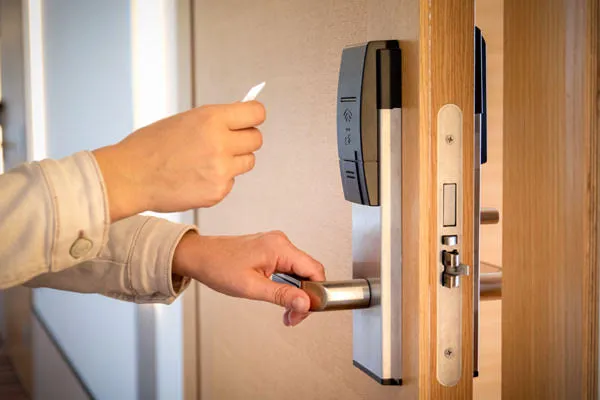
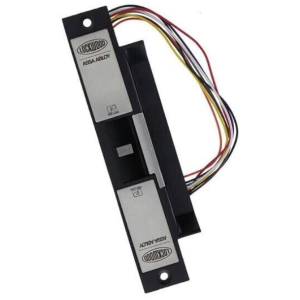
Key Features of Electric Strikes and Automatic Doors
- Electric strikes mount in the door frame
- A wire runs from the strike to the motor in order to work
- Electric strikes work with a handle set (often we can use the existing one installed)
- When activated they let the tongue of the handle set pass them – like a gate and then lock after, when the door returns to the closed position it can lock into the strike like a normal door latch and the door locks again.
- Backup for exit is the door handle, like a normal door, push down and you can exit or use a key from the other side to enter.
- Electric strikes can be powered to stay locked – fail-safe – this means when no power is on the strike you can push the door open.Or power to open when required – fail-secure – this means the strike stays locked and you have security
- Examples of use for these would be in your house. You would want a fail-secure or an exit to a commercial building you may want to open so people can exit quicker without pushing the handle down.
- They can be monitored or unmonitored – know if they are open or closed.
- They can be used with double doors if only one door is being used – cannot have 2 x doors opening and use the strike.This is because you could just push the doors open as there is nothing holding the second door locked. We also need to get the wire from the second door to the motor which can be tricky
Action Auto Door supplies and installs automatic door openers, disabled toilet door systems and automatic sliding doors across Australia. Contact us for more information and an obligation free quote. We are a NDIS Registered Provider.

